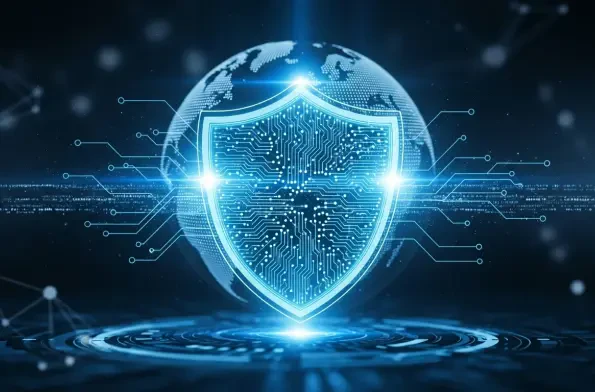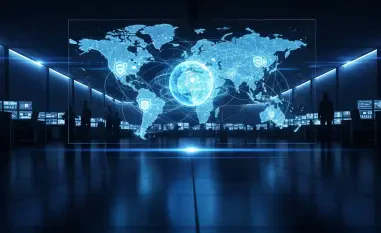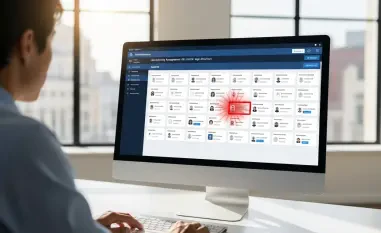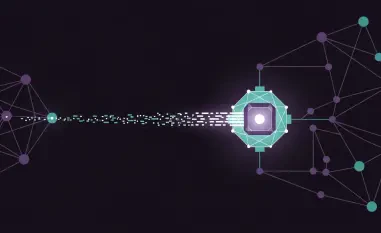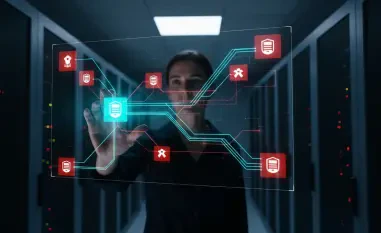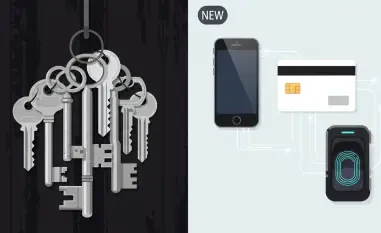Setting the Stage for a Growing Threat
Imagine a scenario where a single compromised login credential grants an attacker unfettered access to an organization’s entire network, leading to a devastating ransomware attack that halts operations for weeks. This is not a hypothetical situation but a stark reality for countless businesses worldwide as remote access technologies become both a lifeline and a liability in the modern workplace. With the proliferation of remote work, the security of tools enabling such access has emerged as a critical battleground in cybersecurity.
The importance of securing remote access cannot be overstated, as these tools often serve as the entry point for cybercriminals aiming to deploy ransomware. This review dives deep into the technology underpinning remote access, examining its vulnerabilities and the sophisticated tactics used by adversaries to exploit them. By dissecting these threats and exploring mitigation strategies, the goal is to equip organizations with the knowledge needed to fortify their defenses against an ever-evolving danger.
Analyzing the Features and Vulnerabilities of Remote Access Tools
Exploitation of Legitimate Tools
Remote access technologies, such as Remote Desktop Protocol (RDP), PsExec, PowerShell, AnyDesk, Atera, and Microsoft Quick Assist, are designed to facilitate seamless connectivity and administrative control across networks. However, these very features make them prime targets for malicious actors who repurpose legitimate functionalities for unauthorized access. Attackers often exploit these tools to gain domain administrator-level privileges, creating a foundation for further malicious activities like ransomware deployment.
The dual-use nature of these tools poses a significant challenge, as distinguishing between legitimate and malicious activity requires advanced monitoring and behavioral analysis. Without stringent controls, such as application whitelisting or detailed logging through endpoint visibility solutions, organizations remain vulnerable to privilege escalation tactics that pave the way for catastrophic breaches. This vulnerability underscores the need for robust configuration and continuous oversight of remote access systems.
Credential Dumping as a Key Attack Vector
Another critical aspect of remote access security lies in protecting credential stores, which are often targeted through operating system credential dumping. Attackers extract sensitive account information from targets like the domain controller registry, SAM registry hive, Active Directory Explorer, LSASS memory, and NTDS.DIT files, using tools such as Mimikatz to facilitate lateral movement within networks. This tactic amplifies the reach of an initial breach, allowing attackers to compromise multiple systems.
The ease with which credentials can be harvested highlights a glaring weakness in many remote access setups, where insufficient safeguards leave critical data exposed. Addressing this requires not only technical solutions, such as encryption and access restrictions, but also a cultural shift toward prioritizing credential hygiene across all levels of an organization. Without such measures, the risk of widespread network compromise remains alarmingly high.
Network Reconnaissance and Mapping
Beyond credential theft, remote access tools are frequently abused for network service discovery, a reconnaissance phase where attackers map out an organization’s infrastructure to identify vulnerabilities. Using utilities like netscan, nltest, and netview, adversaries gain a comprehensive understanding of network topology, pinpointing high-value targets for ransomware deployment. This step is often a precursor to tailored attacks that maximize damage.
The ability to conduct such reconnaissance undetected points to gaps in network monitoring and intrusion detection systems integrated with remote access technologies. Organizations must prioritize early detection of anomalous activities, as failing to spot these preparatory steps can lead to devastating consequences. Strengthening network visibility is therefore essential to disrupt attack chains before they progress to encryption stages.
Performance Under Threat: Real-World Impacts
Patterns and Trends in Attack Chains
Analysis of ransomware incidents reveals consistent patterns in pre-ransomware activities, with remote access abuse emerging as the most prevalent indicator of an impending attack. The exploitation of legitimate tools for malicious purposes has become a hallmark of modern cyber threats, reflecting a shift in adversary tactics toward stealth and persistence. This trend necessitates a corresponding evolution in defense strategies, emphasizing proactive measures over reactive responses.
The predictability of these tactics, techniques, and procedures offers a silver lining, as it allows for the development of targeted countermeasures. By focusing on securing remote access points and monitoring for specific behaviors, such as unusual login attempts or privilege escalations, organizations can significantly reduce their exposure. This shift in focus is critical for staying ahead of adversaries who continuously adapt their methods to bypass traditional defenses.
Case Studies of Intervention Success
Real-world outcomes demonstrate the tangible benefits of robust remote access security measures. In numerous instances, rapid response mechanisms, including alerts from Endpoint Detection and Response (EDR) systems and timely interventions by incident response teams, have halted ransomware attacks in their tracks. Government notifications, such as those from the Cybersecurity and Infrastructure Security Agency (CISA) through initiatives launched in recent years, have also played a pivotal role in prevention.
These interventions often hinge on swift action within critical time windows, underscoring the performance of integrated security solutions in high-stakes scenarios. Additionally, organizational policies like limiting privileges on service accounts have proven effective in impeding attack progression. Such examples highlight how technology, when paired with strategic planning, can mitigate even the most sophisticated threats.
Challenges in Securing the Technology
Technical and Operational Hurdles
Securing remote access tools presents formidable technical challenges, primarily due to the difficulty in differentiating between authorized and unauthorized use. The inherent design of these tools, which prioritizes accessibility and ease of use, often conflicts with the stringent security requirements needed to thwart attackers. This tension creates a complex environment where misconfigurations or oversight can lead to exploitable weaknesses.
Operational barriers further complicate the landscape, with many organizations struggling to implement multi-factor authentication (MFA) comprehensively or maintain adequate endpoint visibility. The sophistication of attacker methods continues to evolve, outpacing the adoption of best practices in many sectors. Addressing these issues demands not only technological upgrades but also a commitment to ongoing training and policy enforcement.
Limitations of Current Approaches
Current approaches to remote access security often fall short due to inconsistent application of protective measures across networks. For instance, while MFA is a proven deterrent, its deployment remains sporadic, leaving numerous entry points vulnerable. Similarly, the lack of real-time monitoring in some environments allows pre-ransomware activities to go unnoticed until significant damage is done.
Efforts to overcome these limitations are underway, with advancements in security configurations and rapid response frameworks showing promise. However, the pace of adoption must accelerate to match the growing complexity of threats. Without a unified push toward comprehensive security postures, organizations risk remaining one step behind cybercriminals.
Reflecting on the Evaluation
Looking back on this evaluation, it becomes evident that remote access technologies, while indispensable for modern business operations, carry inherent risks that demand urgent attention. The review illuminated how tools designed for connectivity can be weaponized, with tactics like credential dumping and network reconnaissance serving as predictable precursors to ransomware. The real-world interventions analyzed provided valuable lessons on the power of timely action and integrated defenses.
Moving forward, organizations are encouraged to prioritize the implementation of multi-factor authentication across all access points and invest in advanced monitoring solutions to detect anomalies early. Collaboration with industry peers and government bodies, such as leveraging pre-ransomware notification initiatives, offers a pathway to bolster resilience. By focusing on these actionable steps, the cybersecurity community can transform remote access from a vulnerability into a fortified line of defense against future threats.
